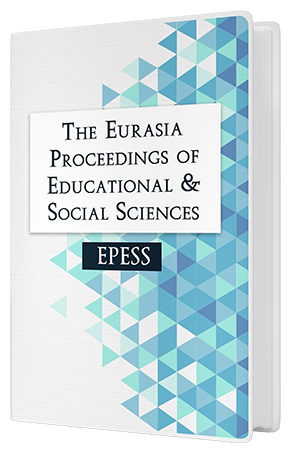Implementation of Open-Ended Type Questions to Improve Numeracy Skills in Elementary School Students
DOI:
https://doi.org/10.55549/epess.843Keywords:
Numeracy, Open-ended questions, Problem solvingAbstract
Numeracy skills in the 21st century are a foundation that elementary school students must have. This ability is, of course, related to the ability to be able to find and process information in various forms of symbols and numbers, as well as the ability to analyse the forms of information contained in tables, graphs, infographics, and charts. The use of open-ended questions is given to students to train their thinking to be more rational, systematic, and critical in solving various mathematical problems in everyday life. This research aims to describe the effect of implementing open-ended questions on improving elementary school students' numeracy skills. This ability will be measured by giving open-ended questions to 28 fifth grade students as research subjects. The research method was carried out using a mixed method. Data collection was obtained through testing and observation techniques. Student numeracy ability data was analysed using the interactive model from Miles Huberman. Based on research results, students' numeracy abilities can be improved by providing open-ended questions, as evidenced by the percentage of test results, which increased by 32% in the proficient and proficient categories. Apart from that, the increase in numeracy skills can be seen in significant changes in student behaviour to become more critical and provide solutions to problems found in the context of everyday life. Thus, it can be concluded that giving open-ended questions can improve elementary school students' numeracy skills.
Downloads
Published
How to Cite
Issue
Section
License
Copyright (c) 2024 The Eurasia Proceedings of Educational and Social Sciences

This work is licensed under a Creative Commons Attribution 4.0 International License.
The articles may be used for research, teaching, and private study purposes. Any substantial or systematic reproduction, redistribution, reselling, loan, sub-licensing, systematic supply, or distribution in any form to anyone is expressly forbidden. Authors alone are responsible for the contents of their articles. The journal owns the copyright of the articles. The publisher shall not be liable for any loss, actions, claims, proceedings, demand, or costs or damages whatsoever or howsoever caused arising directly or indirectly in connection with or arising out of the use of the research material. All authors are requested to disclose any actual or potential conflict of interest including any financial, personal or other relationships with other people or organizations regarding the submitted work.




